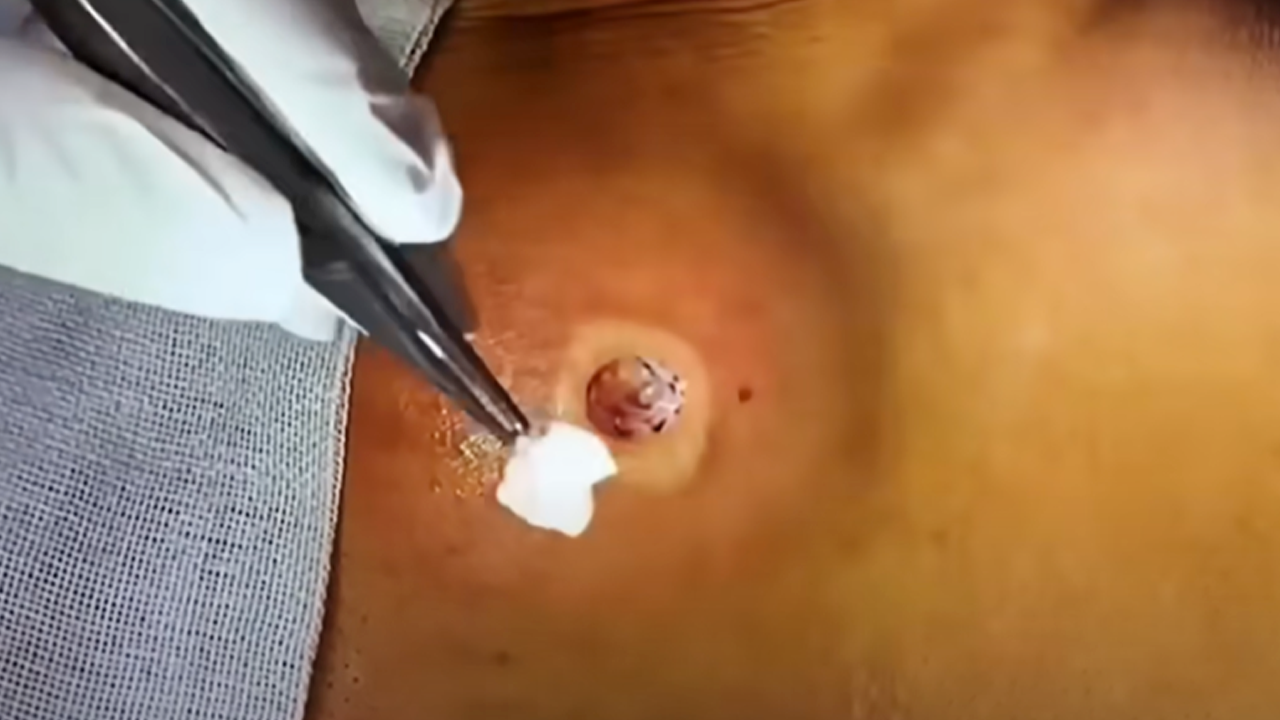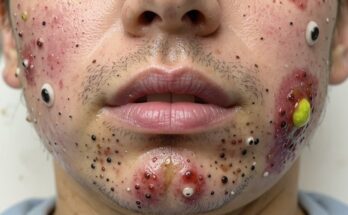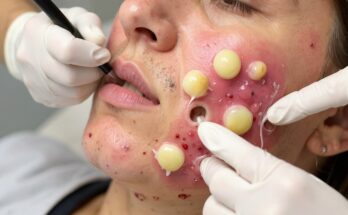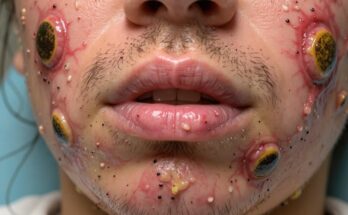Saying Goodbye to Sebaceous Cysts: A Comprehensive Guide to Removal
Sebaceous cysts, those pesky lumps under the skin, can be bothersome. While often harmless, their removal is a common procedure. This blog post delves into the details of sebaceous cyst removal, offering a clear understanding of the process and what to expect.
Understanding the Procedure: A Step-by-Step Look
Before any surgical intervention, a crucial first step is a thorough medical evaluation.
1. The Initial Assessment: Diagnosis and Planning
Your healthcare professional will carefully examine the cyst to confirm its nature. This is essential to determine the best course of action. If the cyst is uninfected, removal is often possible on the same day. However, if an infection is present, treating the infection takes priority, with cyst removal scheduled for a later date.
2. Comfort First: Local Anesthesia
To ensure your comfort during the procedure, a local anesthetic, such as lidocaine, will be injected into the area. This numbs the site, minimizing discomfort. You’ll likely feel pressure, but you shouldn’t experience pain.
3. The Incision: A Precise Cut
A small incision is made directly over the cyst. The size of this incision will depend on the cyst’s size and location. This precision minimizes scarring.
4. Removing the Cyst: The Crucial Step
The primary objective is to remove the entire cyst sac (wall) intact. This careful removal minimizes the risk of recurrence. The doctor will gently manipulate the sac, either through careful dissection or gentle squeezing, to ensure complete removal. Even if the sac breaks during the process (which isn’t uncommon), thorough removal of all fragments remains the focus to prevent regrowth.
5. Closure and Stitches: Healing Begins
In most cases, the incision will be closed with a few stitches (sutures). For smaller cysts, stitches may not be necessary; the wound will heal under a bandage.
6. Post-Procedure Care: A Smooth Recovery
Post-operative care is straightforward. Keep the area clean and dry. Your doctor might prescribe antibiotic ointment or oral antibiotics to reduce the risk of infection. Stitches, if used, are typically removed after 7-10 days.
Recovery and Return to Normal
Recovery from sebaceous cyst removal is generally quick. Most individuals resume their normal activities within a day or two. Minor soreness, swelling, or bruising are normal and usually subside within a few days.
Why DIY Removal is a Bad Idea
Attempting to remove a sebaceous cyst at home is strongly discouraged. This can lead to complications such as infection, unsightly scarring, and, ironically, cyst recurrence. Professional removal ensures the safest and most effective outcome.
Diverse Approaches to Sebaceous Cyst Removal
While the basic principles remain consistent, several techniques exist for sebaceous cyst removal, each tailored to individual circumstances.
1. Minimal Excision Technique: Precision and Minimal Scarring
This technique utilizes a small incision (around 2-3 mm) to remove the intact cyst sac. This approach minimizes scarring and reduces recurrence risk. The area is prepared with antiseptic, local anesthesia is applied, and the cyst is carefully removed. The incision may be closed with a single stitch or left open to heal naturally.
2. Laser-Assisted Excision: A Modern Approach for Larger Cysts
For larger cysts or those in areas where scarring is a major concern, a carbon dioxide laser may be used. Initially, a small hole is created in the cyst to drain its contents. After a healing period (approximately one month), a minimal incision is made to remove the remaining cyst wall. This method helps to reduce the potential for visible scarring.
3. Conventional Wide Excision: A More Invasive Technique
This traditional method involves a larger incision to remove the cyst and a margin of surrounding tissue. While effective, particularly for infected cysts or situations requiring more extensive removal, this approach can result in more noticeable scarring.
Important Considerations
- Infected Cysts: Infected cysts require treatment of the infection with antibiotics before surgical removal.
- Post-Operative Care: Maintaining cleanliness and dryness, avoiding pressure on the site, and promptly addressing any signs of infection are paramount.
- Preventing Recurrence: Complete removal of the cyst wall is key to preventing future cysts from forming in the same location.
By understanding the procedure and potential approaches, you can confidently discuss your options with your healthcare provider and ensure the best outcome for your individual circumstances. Remember, professional removal is always the safest and most effective approach.











